AMD has released their latest set of slides going over the roadmap and it has some interesting tidbits inside.
We already knew that both their next-gen Zen 3 processor architecture and the RDNA 2 GPU architecture was due this year, as they confirmed before but now we have a little bit of detail about future hardware. This info comes from a new AMD Corporate presentation that appeared somewhat recently on their Investor Relations site.
There were some rumours going around that Zen 3 was moved to a more advanced process but the slides confirm it's sticking with 7nm. It also shows their current aggressive schedule to have Zen 4 out on the more advanced 5nm before 2022.
Further into the presentation it also goes over the GPU plans which are as equally exciting. RDNA 2 as we knew is also 7nm with Ray Tracing support, Variable Rate Shading and more. Additionally it mentions RDNA 3 will be on an "Advanced Node" but it doesn't go into extra detail on that but going by their slides we're expecting another big performance bump along with it.
AMD has been on a roll in the last few years, continually beating at Intel's door to take some market share and it's probable this will continue for some time. It's good to see them being competitive, it's better for us all. What are your hopes for the upcoming hardware? Will you be buying any of it? Let us know.
In other AMD news, don't miss the awesome AMD Wattman-like open source app CoreCtrl that we covered recently here on GOL. AMD also mentioned recently their plans to get Zen 3 supported on older motherboards.
Though truth be told, I'll either have to opt for pricier components, or I won't see the same boost in performance as last time around, when I went from a Core 2 Duo E7200 to an i5 4460 and from a Geforce 9600GT to the GTX950. But waiting 'til 2022 doesn't sound so appealing right now. Unless Cyberpunk 2077 turns out to be a shooter ;-). In that case I might as well bide my time ...
Last edited by Linuxwarper on 11 Jun 2020 at 10:14 pm UTC
I remember reading years ago that circuit sizes were, or would be, starting to run into fundamental physical problems in being basically just too thin to keep the little electrons from wandering between what's trying to be separate "wires".
That already happened. It's why we have multiple cores rather than faster processors. We got to 3 GHz pretty quickly, and then slowly managed to crawl up to sometimes, maybe, for brief periods, getting close to 5 GHz over the course of two decades.
As you scale things down if you want to switch faster then you need a lower switching voltage. But, as it turns out, low voltages with small features are the same as the voltages that just leak out on their own, so your 1s and 0s become indistinguishable from each other.
But they still keep shrinking things, 5nm coming up . . .
Not easily. Intel have been failing to do 10 nm for years. Features are etched by focusing light through a mask, and there's a limit to how much you can focus light. We passed the point where features were smaller than the wavelength of the light being used a while back, and lenses are opaque to light with shorter wavelengths, so you need to focus it with other methods instead.
I wonder if at this point the actual shrinkage is smaller than the change in definition makes it seem just because if they pack any closer things stop working.
The manufacturing process node name used to refer to the size of the features. Then the size of the smallest feature. Then a size that was a bit like the size of the features. And then it didn't really mean anything, except which generation of process a particular semiconductor was made with.
TSMC's 12 nm is about as dense as Intel's 14 nm - how many things you can fit on a chip of a given size. Both of them get various numbers of pluses for how much you can squeeze them without changing the fundamental process, since switching to a new process is both hard and very expensive. TSMC's 7 nm is about the same as the 10 nm that Intel didn't really get to work. TSMC's 5 nm will probably be about the same as an Intel 7 nm, if either manage it. The light used for it will probably be Extreme Ultra-Violet.
I'm kinda feeling on the fence about the 3950X. Kinda wondering what Zen3 is going to look like and what the $700 will buy me out of that lineup that will plug into this Asrock board I bought in January. Unless they drop the price of the 3950 down to $575 or something to get rid of them.
Last edited by jarhead_h on 12 Jun 2020 at 4:30 am UTC
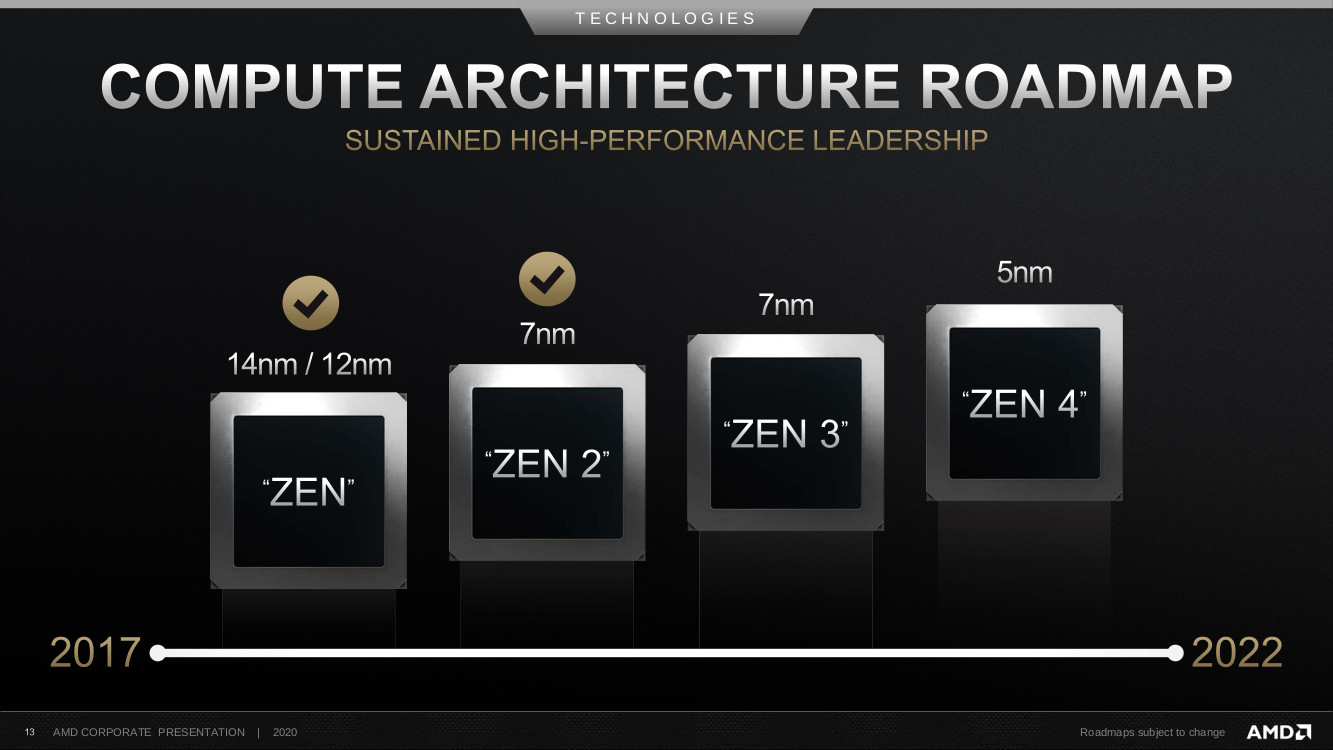
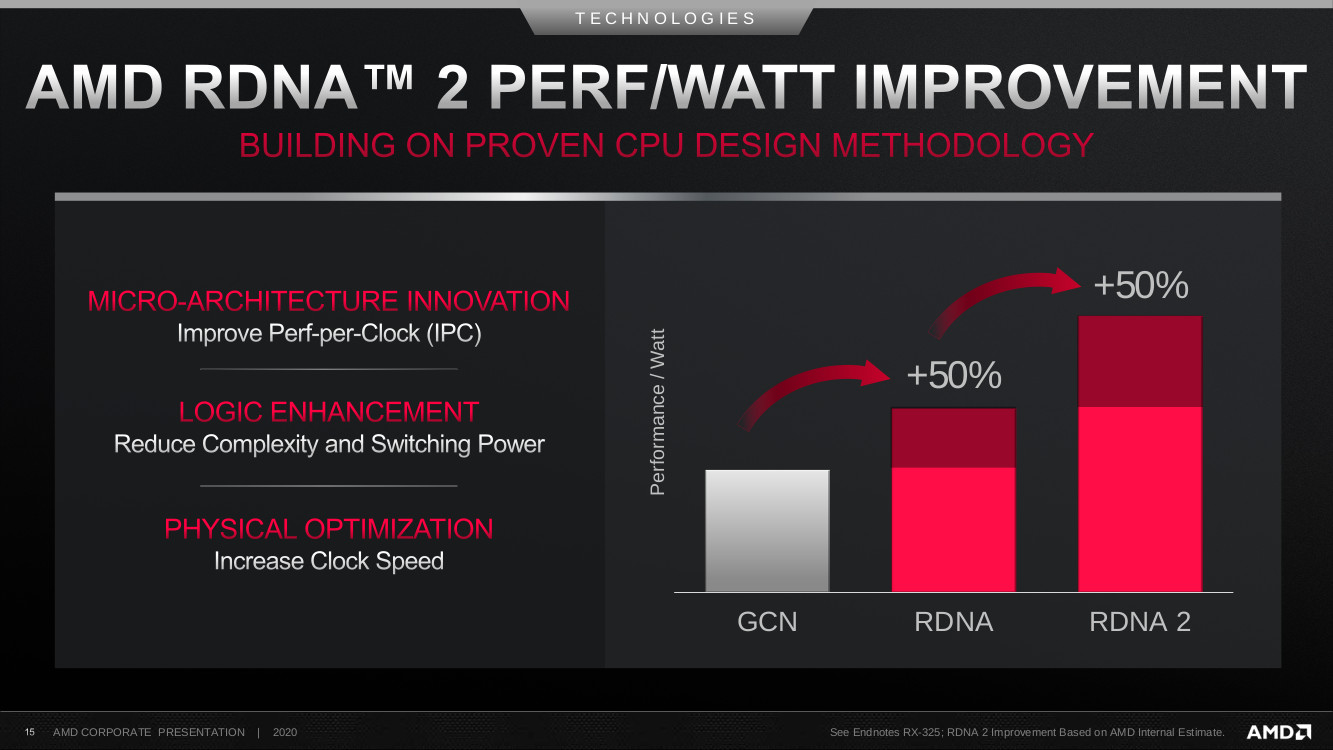


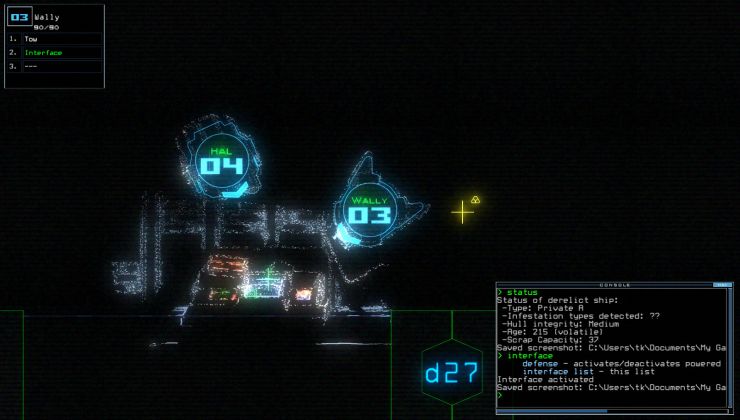
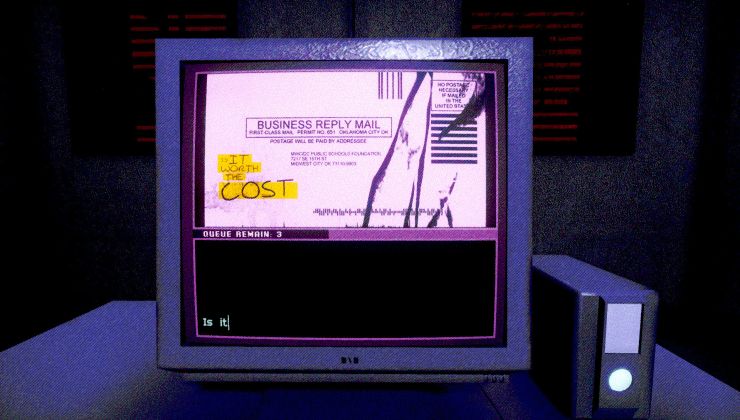
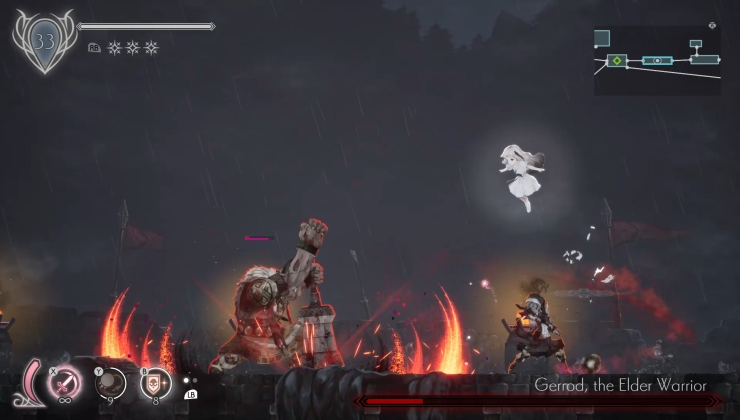





 How to set, change and reset your SteamOS / Steam Deck desktop sudo password
How to set, change and reset your SteamOS / Steam Deck desktop sudo password How to set up Decky Loader on Steam Deck / SteamOS for easy plugins
How to set up Decky Loader on Steam Deck / SteamOS for easy plugins
See more from me